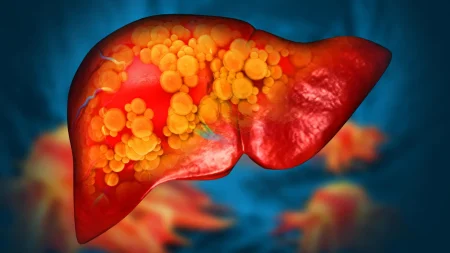Flies are essential pollinators that are often overlooked, yet they play a critical role in pollinating plants in both wild and agricultural settings. A recent study led by Penn State scientists highlighted the importance of flies as pollinators and the increasing threat they face due to rising global temperatures. The research found that rising temperatures pose a greater risk to flies than bees, as bees are able to tolerate much higher temperatures and have a wider habitat range. Flies contribute significantly to the health and diversity of ecosystems by facilitating plant reproduction, providing food and habitat for other organisms, and increasingly contributing to agriculture, such as by pollinating cocoa trees used to produce chocolate.
The economic value of pollinators, including flies, was underscored by a 2020 analysis of global crops that found over $800 billion in economic value from the 105 most widely planted crops benefiting from pollinators. Flies were identified as important pollinators, ranking closely behind bees and playing a crucial role in pollinating crops and wild ecosystems. Despite their vital role in pollination, flies are often overshadowed by bees and face similar threats, such as habitat loss, pesticide exposure, disease, and climate change. The study emphasized the need to recognize and protect flies as essential pollinators, especially in the face of increasing environmental challenges.
Insects, including bees and flies, are particularly vulnerable to rising temperatures due to their limited ability to regulate their body temperatures. The research team examined the heat tolerance of bees and flies by studying their “critical thermal maximum,” which is the maximum temperature they can withstand before losing the ability to move. The study found that bees can tolerate higher temperatures than flies, with bees having an average CTMax 2.3 degrees Celsius higher than flies. Additionally, the time of day and geographic location impacted the heat tolerance of bees, with bees active in cooler morning hours having a higher CTMax than those active in warmer afternoons.
The study involved an international team of researchers who collected data on bees and flies in tropical and subtropical regions of the Americas. Due to the COVID-19 pandemic, researchers conducted research in their home countries, providing an opportunity for international collaboration without the need for travel. The team found that flies and bees from high-elevation tropical areas had lower CTMax values than those from subtropical regions, suggesting that insects in cooler, high-altitude environments may be more vulnerable to even small temperature increases. The study highlighted the potential impact of climate change on pollinators in different regions and the importance of understanding the thermal ecology of these insects to mitigate risks.
The research team included authors from Penn State, as well as other universities in the U.S. and South America, who collaborated on the study. The study was supported by a grant from the U.S. National Science Foundation, which funded an International Research Experience for Students program. The findings underscored the importance of protecting flies as pollinators and the need for further research to understand how rising temperatures will impact the thermal tolerance of bees and flies in different regions. By recognizing the critical role of flies in pollination and addressing the threats they face, researchers aim to ensure the preservation of essential pollinators and the ecosystems they support.












